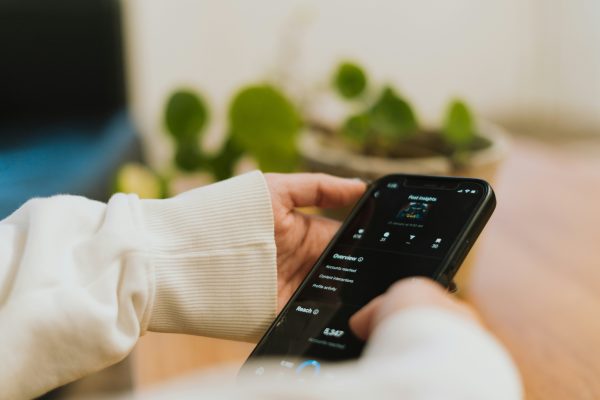No one can deny the importance of social media for businesses. However, what does differ, is the importance placed on each of the platforms and where efforts should be focused.
Many businesses, especially those in the B2B market, may place more emphasis on LinkedIn. Others may find a higher percentage of their audience on Twitter. Facebook groups could be key for an organisation or Instagram could be the perfect platform.
Facebook is still the most popular social media platform globally with 2.91 billion active monthly users each. Also in the top five are Instagram and WhatsApp, all owned by Meta, which brings the total number of users to 3.59 billion. Considering this, it’s important not to dismiss using Facebook advertising to reach your audience.
If you have or ever will contemplate using Facebook Ads as part of your marketing strategy, Facebook pixel, or Meta pixel as some now refer to it, is one of the most important tools Facebook has created for businesses.
However, many marketers and business owners don’t even know the pixel exists, or more importantly, understand how to use if.
What is the Facebook pixel?
The Facebook pixel is a piece of code embedded into your website. It lets you measure, optimise and build audiences for your advertising campaign. It helps you measure the effectiveness of your advertising by understanding the actions people take on your website. the pixel examines how your audience interacts with your ads and gives an insight into making your ads work harder. This detail, in addition to Facebook user information, gives the audience targeting algorithm a significant amount of data about the people interested in your business.
Why do I need a Facebook pixel?
We’ve all seen adverts appear in our social feeds from websites we’ve recently visited, their competitors or even targeting us with particular products that we may have added to our basket but not yet purchased. It’s the Facebook pixel that allows these adverts to be shown to us.
The pixel tracks various actions people take on a website, like making a purchase or subscribing to a newsletter. The ability to monitor who has completed such events allows you to target not only those people who have shown an interest in your brand, but also similar ‘lookalike’ audiences. This results in a better return on investment (ROI) and means it is much more targeted that some traditional advertising methods.
Even if you’re not using Facebook or Instagram adverts now, you should install the pixel. It starts collecting data right away so that you don’t have to start from scratch if and when you’re ready to create your first Facebook or Instagram ad.
iOS 14’s effect on Facebook pixel
Due to updated third party tracking rules in Apple’s iOS 14.5 update, some devices lack part of the Facebook pixel tracking functionality. However, latest figures show that only 14.7% of people access Facebook from iOS 14 devices. Facebook has taken steps to limit the impact it has on advertising. In 2020, Facebook’s total ad revenue was $84.17 billion – a figure I’m sure it’s keen to preserve.
Installing the Facebook pixel can really help you understand your audience better. It enables you to see which advertising campaigns and adverts are working and which aren’t. You can then target the right audience for your business to ultimately help convert them to paying customers.









